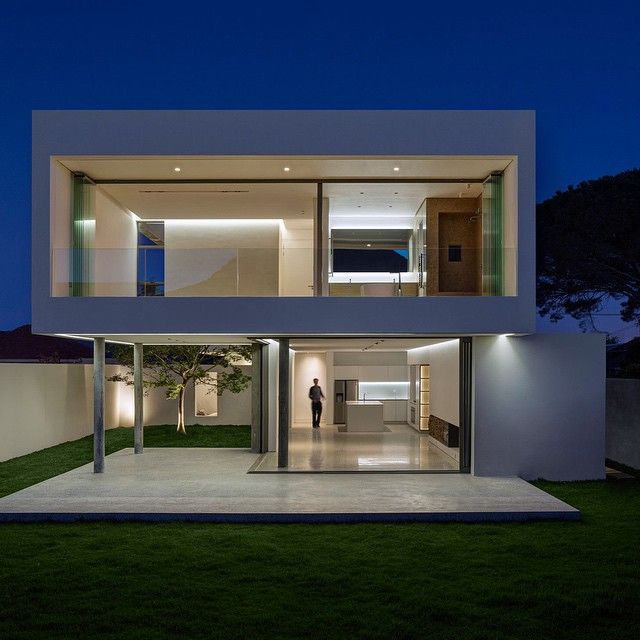In a world where clutter and chaos often dominate our lives, the concept of minimalist home design offers a refreshing and calming alternative. With its emphasis on simplicity, clean lines, and purposeful living, minimalist design is not just a trend—it’s a lifestyle choice. This design approach encourages homeowners to focus on what truly matters by eliminating excess and creating spaces that are functional, beautiful, and serene.
What is Minimalist Home Design?
Minimalist home design is rooted in the idea that less is more. This aesthetic is characterized by pared-down color palettes, simple forms, uncluttered spaces, and an emphasis on functionality. The goal is to create a space that feels open, airy, and peaceful, allowing the architecture and essential elements of the home to shine.
At the heart of minimalist design is intentionality. Every item in a minimalist home should have a purpose, whether it’s functional or brings joy. By stripping away the non-essential, minimalist design allows homeowners to better appreciate the space they inhabit.
Key Elements of Minimalist Home Design
1. Neutral Color Palettes
Minimalist interiors often rely on neutral tones such as white, beige, grey, and soft earth tones. These colors create a sense of calm and allow natural light to enhance the openness of the space. Accents in black or muted hues can add depth and contrast without overwhelming the room.
2. Clean Lines and Simple Forms
Furniture and architectural elements in minimalist homes typically feature straight, clean lines and geometric shapes. There’s an emphasis on sleek, modern silhouettes and functional design over ornate decoration.
3. Clutter-Free Spaces
Decluttering is one of the most crucial principles of minimalist design. Each item should serve a clear purpose. Open shelving, hidden storage, and multi-functional furniture can help maintain an organized and tidy space.
4. Quality Over Quantity
Instead of filling a room with decor or furniture, minimalist design focuses on fewer but higher-quality items. Investing in timeless pieces that are well-made and durable supports the minimalist lifestyle and reduces the need for constant replacements.
5. Natural Light and Open Spaces
Minimalist homes prioritize natural light and open layouts. Large windows, glass doors, and minimal window treatments allow light to flood the space, enhancing the feeling of openness and tranquility.
Benefits of a Minimalist Home
1. Reduced Stress and Mental Clarity
A cluttered environment can contribute to anxiety and mental fatigue. Minimalist home design promotes clarity and calm, helping individuals feel more relaxed and focused in their daily lives.
2. Easier to Maintain
With fewer items and more streamlined surfaces, minimalist homes are significantly easier to clean and maintain. This allows homeowners to spend less time tidying and more time enjoying their space.
3. Eco-Friendly Living
Minimalism often aligns with sustainability. Choosing high-quality, long-lasting products and reducing unnecessary consumption contribute to a more environmentally friendly lifestyle.
4. Financial Freedom
By adopting a minimalist approach, homeowners can save money by avoiding impulsive purchases and focusing on essential, meaningful investments.
Tips for Creating a Minimalist Home
- Start with Decluttering: Begin by removing items you don’t use or love. Donate, sell, or recycle anything that doesn’t serve a purpose.
- Stick to a Cohesive Color Scheme: Choose a neutral base and add subtle pops of color if desired.
- Invest in Multi-Functional Furniture: Pieces that serve more than one purpose, like a storage ottoman or a fold-out desk, are perfect for minimalist homes.
- Maximize Natural Light: Use sheer curtains or leave windows bare to enhance light and openness.
- Keep Decor Intentional: Choose a few meaningful art pieces or objects to display, rather than filling every surface.
Final Thoughts
Minimalist home design is about more than just a look—it’s a mindset. By embracing simplicity, intentionality, and function, minimalist homes foster environments that are not only visually appealing but also deeply nurturing. Whether you’re redesigning your entire home or simply refreshing a single room, minimalist principles can help you create a space that feels calm, organized, and truly yours.

